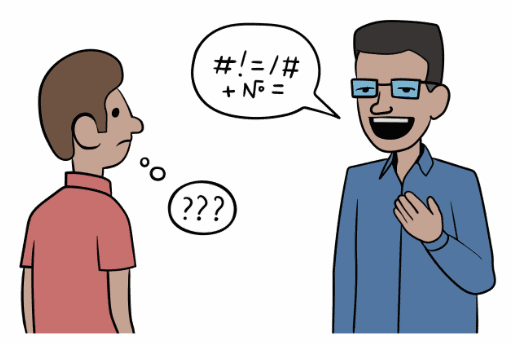An accent, whether foreign or regional, can be described as a package of substitutions.
Non-native speakers who have an accent substitute features of their original language’s accent for features of their secondary language.
An accent can be described by variations in pronunciation, intonation and rhythm patterns, resonance, “vibe”, and general vocal tract physicality. Add to that a few lingering language errors and maybe some socio-cultural communication differences…and you will have an end result ranging anywhere from Barely-Noticeable Accent to Really-Tough-to-Understand Accent.
I recently spoke with a gentleman from Columbia whose accent fell probably about halfway on this spectrum. His English language skills were excellent, and despite the lingering Spanish accent, he spoke with many of the features of an American English accent that he picked up naturally over years of living in the U.S.
In spite of his American accent skills, I had to make an effort to understand him.
We were in a large but quiet room, and he was sitting only about 5 feet away from me. He was a bit of a soft-spoken man, but his vocal volume fell in the normal range. He was interested in my work as an accent reduction specialist and asked me what I thought of his speech. I described what I was hearing, and he responded with “Yes, many people ask me to repeat! What can I do about it?”
So I decided to whip out this little exercise and teach it to him. He LOVED it. It took about 2 minutes to demonstrate.
I call it the Fake Microphone Exercise
It uses vocal projection and hyper-articulation to cut through an accent.
NOTE: you will still have an accent! This is simply a strategy to compensate for it and make yourself better understood.
Here is how to do it (you don’t need a real microphone):
1. Take a glass or a water bottle (or anything resembling a microphone) and hold it 1-2 inches from your mouth.
2. Speak a few short sentences into the “mic”- e.g. “My name is Juan. I am from Mexico. I work in technology and have 15 turtles.” Really pretend you are making a recording and speak with precision.
3. Now move the mic to about 3 feet away from your mouth. Say the sentences again. Imagine the words moving in a very focused stream straight into the mic.
4. Move the mic one more time to about 6 feet away. Repeat the exercise, and aim the stream of your voice right toward the focal point of the mic. Now you will have to work a little harder, very deliberately directing the flow of words toward the mic with crisp movements of your speech articulators (lips, tongue, etc.). Visualize the speech moving powerfully in a narrow funnel toward the mic, but do not speak any louder than normal.
What you may notice is that you are now projecting your voice.
You and your listeners may experience your speech as sounding clearer. Compared to many other speech patterns, American English is a big, relaxed accent. It rolls around loosely in the mid-back of the mouth but projects outward.
Next time you’re in an important conversation and want to be sure you’re understood, just imagine that microphone directly in front of the person you’re speaking with. This also works well for speakers who (foreign-born or not) tend to mumble!
To get an evaluation of your accent and find more ways to speak more clearly and confidently, contact us today.



